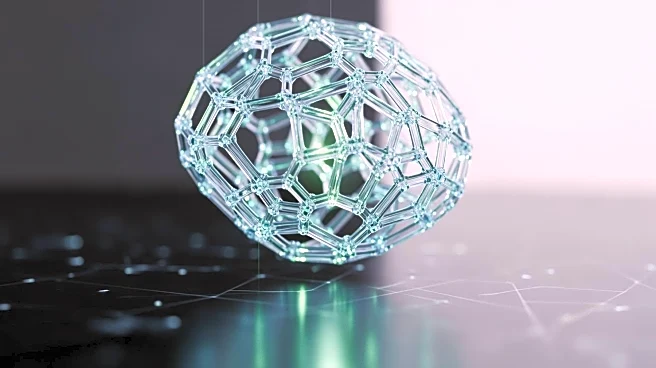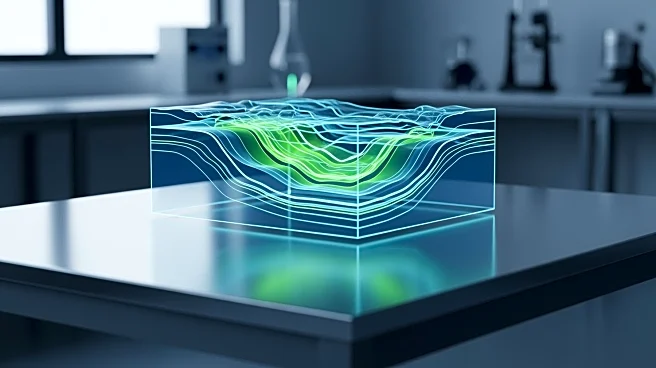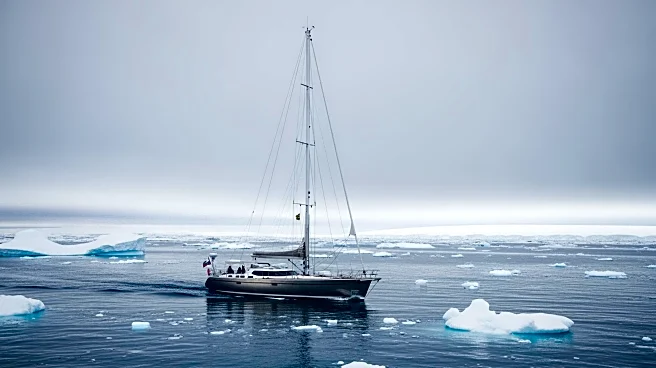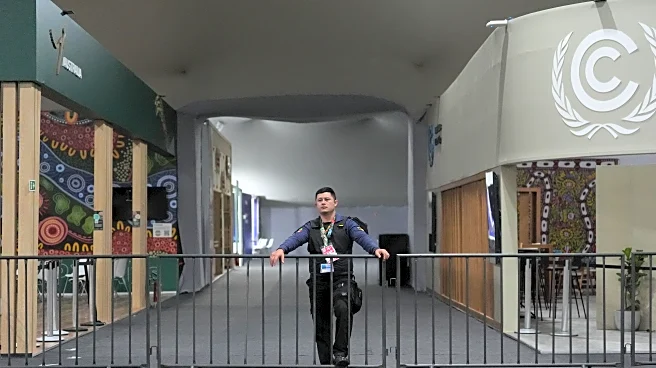What's Happening?
Researchers have introduced a novel modeling approach to evaluate the integrity of geological barriers within nuclear waste repositories situated in crystalline rock formations. This study, part of Germany's
CHRISTA-II initiative, focuses on the long-term thermo-hydro-mechanical behavior of host rock and quantifies safety margins against potential failure. The primary objective is to assess how well crystalline rock can contain heat-generating radioactive waste, providing valuable insights for long-term waste management. The findings enhance understanding of how geological formations can securely retain radionuclides, supporting the use of deep geological disposal as an effective method for isolating high-level radioactive waste.
Why It's Important?
The research offers significant guidance for the design of nuclear waste repositories in crystalline rock settings, confirming the safety and resilience of the multiple containment rock zone (mCRZ) approach. This design strategy involves placing waste in several smaller, undisturbed zones, enhancing containment performance and addressing long-term environmental and safety concerns. The modeling framework is adaptable for use in other countries assessing crystalline formations for deep geological disposal, providing critical insight into the evolution of a repository over extended periods. These findings can help regulatory bodies refine safety standards and strengthen assessment protocols for radioactive waste containment.
What's Next?
Future research should expand the modeling framework to include a broader variety of geological conditions and fracture patterns. Sensitivity analyses will be crucial in identifying which parameters most significantly influence barrier performance and in enhancing model reliability. As countries worldwide seek sustainable solutions for managing high-level radioactive waste, the insights from this work offer a robust foundation for developing safe and scientifically sound disposal strategies.












